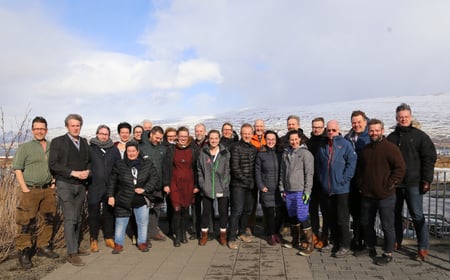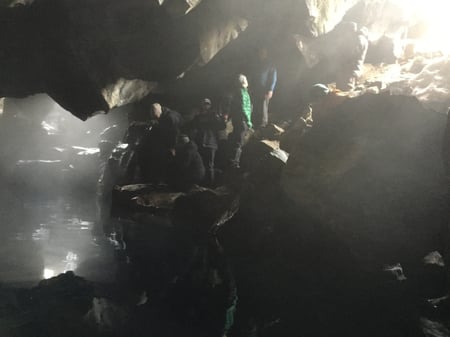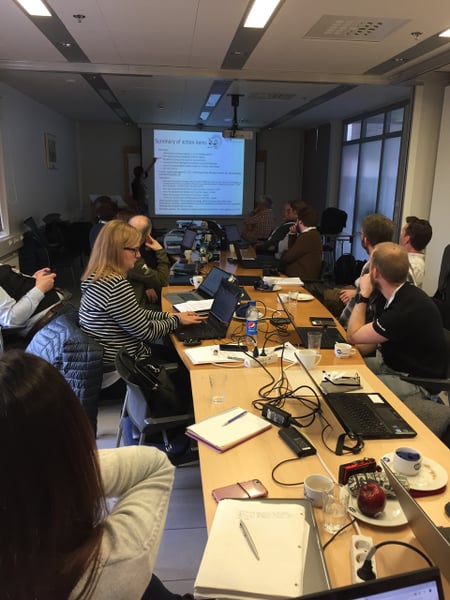CBird is the Arctic Council’s Conservation of Arctic Flora and Fauna’s. (CAFF) expert working group on Arctic seabirds. The international group includes delegates from all 8 Arctic states as well as 4 observer countries of which Japan is one. This March the group held their annual meeting in Akureyri, Iceland at the CAFF secretariat where they discussed ongoing and upcoming projects.
This summer three large CBird projects will be underway: 1) a circumpolar survey of ivory gull colonies, 2) an assessment of polar bear predation on breeding seabirds and their eggs, and 3) work on the breeding status and overwinter migration of storm-petrels in the North Atlantic. During the next year three additional projects will be wrapping up: 1) a review of seabird bycatch in the North Atlantic lumpsucker survey, 2) a model of the effect of the winter harvest of murres on breeding populations throughout the North Atlantic, and 3) a review of the status of Arctic Tern populations at the circumpolar level. Since 2016 Japan has been supporting one of the few colony-based seabird research projects in the Pacific Arctic, and so has been providing invaluable data to CBird on the breeding success and overwinter habitat-use of seabirds breeding on St. Lawrence Island, Alaska. Within the next year some of this data will be made available in CBird’s Seabird Population Inventory, an online database that will provide general breeding and population information collected across the Arctic as part of CBird’s monitoring plan. These data will allow the group, and others, to quickly assess conditions for seabirds in the Arctic and to identify spatial and temporal patterns of change.
Alexis Will (NIPR)

Delegates representing 10 countries convened in Akureyri, Iceland to discuss international collaboration on ongoing and future projects relating to seabird conservation in the Arctic.
During the meeting participants took a break from the indoors to discover some of the geothermal features in Northern Iceland. The field trip provided an informal setting for delegates to discuss ongoing and future research plans, as well as to share information on research methods and techniques.

After four days of discussion participants had successfully developed a list of action items to address during the next year. Some of the highlights are forthcoming publications estimating the impact of seabird bycatch in the North Atlantic lumpsucker fishery and winter harvest of murres on country-specific murre populations.




